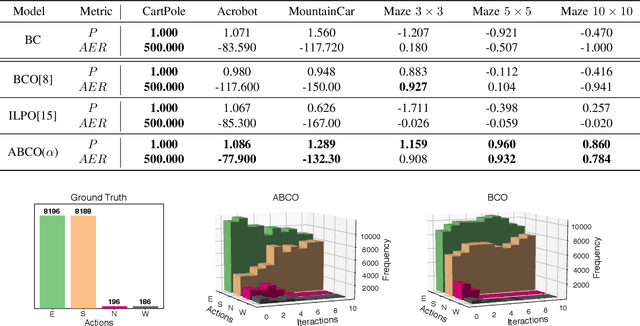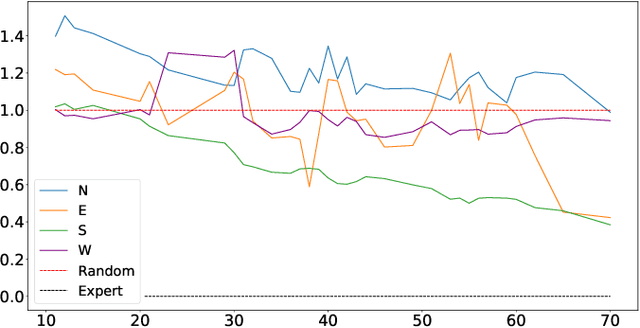Rodrigo Barros
Attention-based 3D Object Reconstruction from a Single Image
Aug 11, 2020Abstract:Recently, learning-based approaches for 3D reconstruction from 2D images have gained popularity due to its modern applications, e.g., 3D printers, autonomous robots, self-driving cars, virtual reality, and augmented reality. The computer vision community has applied a great effort in developing functions to reconstruct the full 3D geometry of objects and scenes. However, to extract image features, they rely on convolutional neural networks, which are ineffective in capturing long-range dependencies. In this paper, we propose to substantially improve Occupancy Networks, a state-of-the-art method for 3D object reconstruction. For such we apply the concept of self-attention within the network's encoder in order to leverage complementary input features rather than those based on local regions, helping the encoder to extract global information. With our approach, we were capable of improving the original work in 5.05% of mesh IoU, 0.83% of Normal Consistency, and more than 10X the Chamfer-L1 distance. We also perform a qualitative study that shows that our approach was able to generate much more consistent meshes, confirming its increased generalization power over the current state-of-the-art.
* 8 pages, 4 figures, 3 tables
Augmented Behavioral Cloning from Observation
Apr 28, 2020



Abstract:Imitation from observation is a computational technique that teaches an agent on how to mimic the behavior of an expert by observing only the sequence of states from the expert demonstrations. Recent approaches learn the inverse dynamics of the environment and an imitation policy by interleaving epochs of both models while changing the demonstration data. However, such approaches often get stuck into sub-optimal solutions that are distant from the expert, limiting their imitation effectiveness. We address this problem with a novel approach that overcomes the problem of reaching bad local minima by exploring: (I) a self-attention mechanism that better captures global features of the states; and (ii) a sampling strategy that regulates the observations that are used for learning. We show empirically that our approach outperforms the state-of-the-art approaches in four different environments by a large margin.
 Add to Chrome
Add to Chrome Add to Firefox
Add to Firefox Add to Edge
Add to Edge